Flavored olive oil
Ingredients
- olive oil + flavoring of your choice (see our suggestions for inspiration)

Instructions
- One way of varying your olive oil is to use different herbs, lemon zest, or perhaps garlic or chili for flavoring. Use organic products when available.
- Wash carefully and peel/cut them the way you like.
- Add flavoring to a dry, clean small glass jar/bottle or a jar with a lid and pour in extra virgin olive oil. Bundle and tie the herbs together, so that it will be easier to get them out. To prevent mold from growing, be sure the oil covers the flavoring.
Tips
You can use the oil right away, but the flavor will develop the longer you keep it. Flavored oils can also be used for cooking.
A drizzle of olive oil over plated food is a smart way to get enough fat. So live like they do in Mediterranean countries, and pour it on! A couple tablespoons of cold-pressed olive oil takes a lot less time to make than a complicated sauce, and is especially handy if you want to cut back on dairy, since many keto sauces, both cold and hot, are based on butter, heavy whipping cream, or cheese.
Flavor suggestions
Thinly sliced lemon or lime zest.
Fresh or dried chili/peppers.
A small bundle fresh or dried herbs like parsley, thyme, oregano, basil or rosemary.
1–2 garlic cloves, lightly crushed—no need to peel.
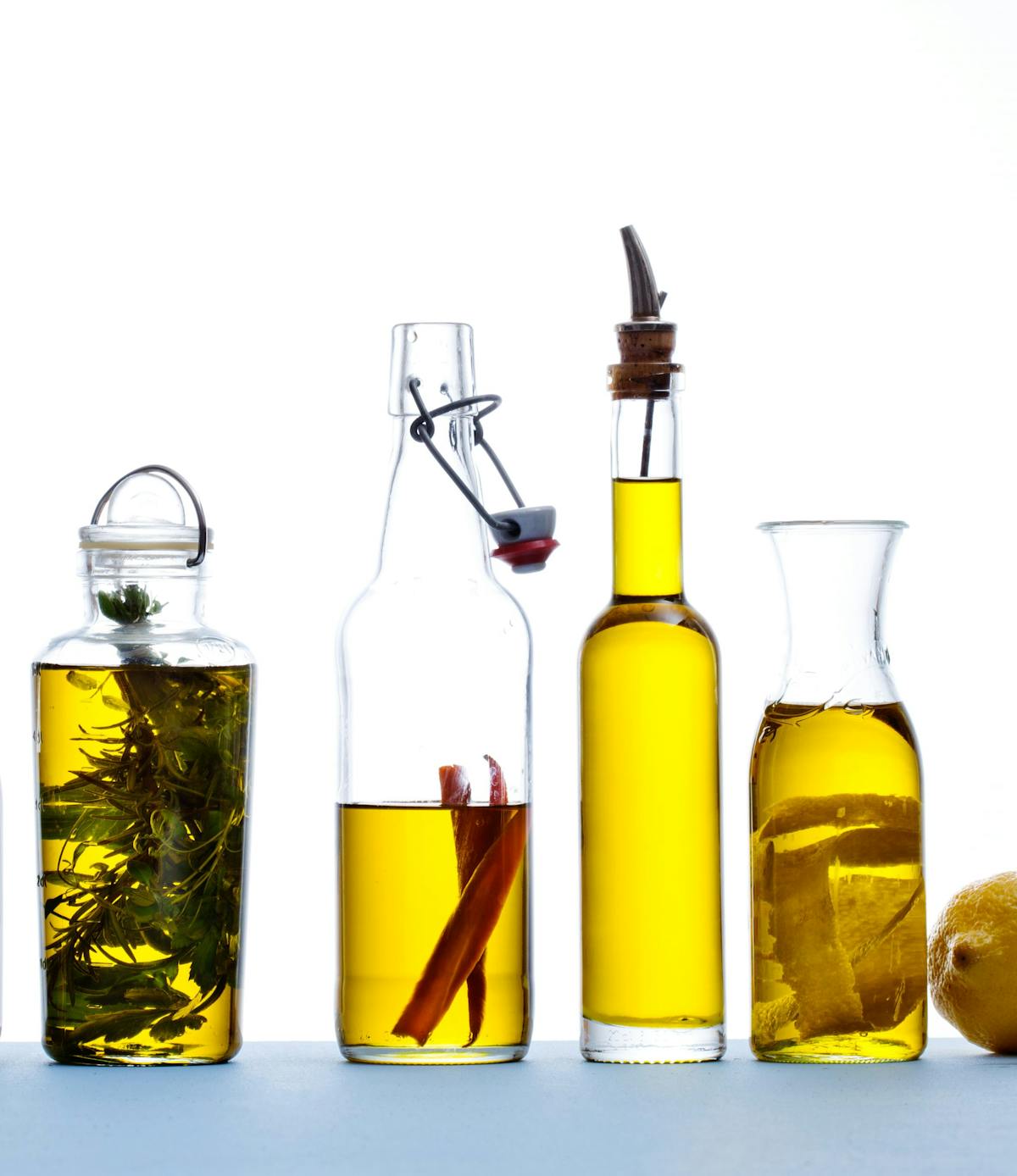


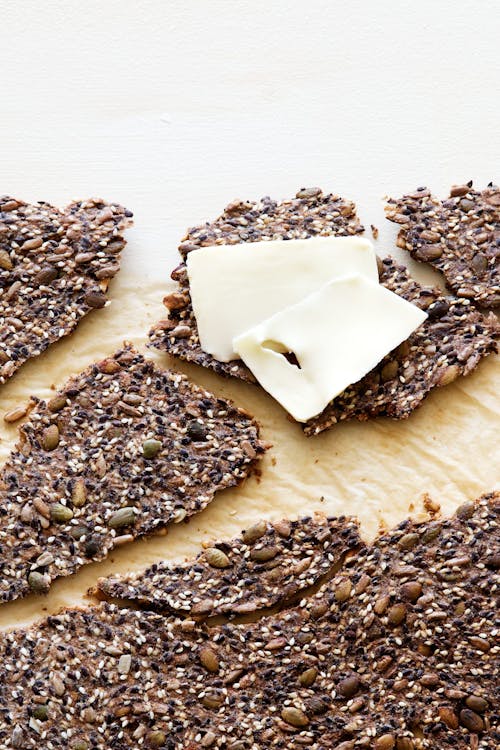
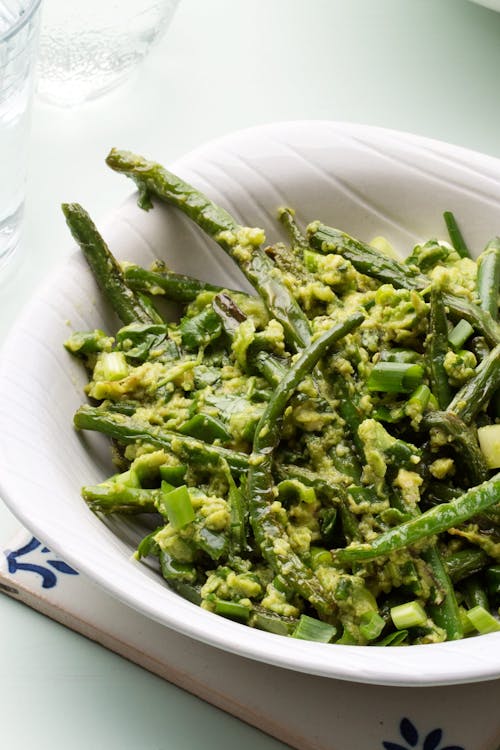
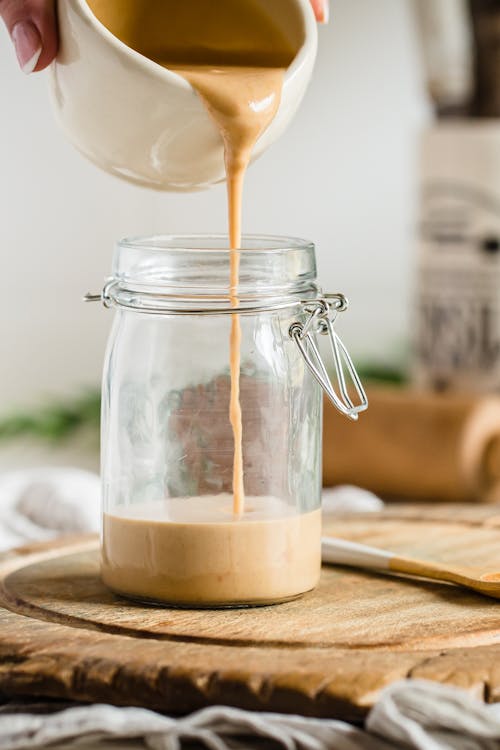

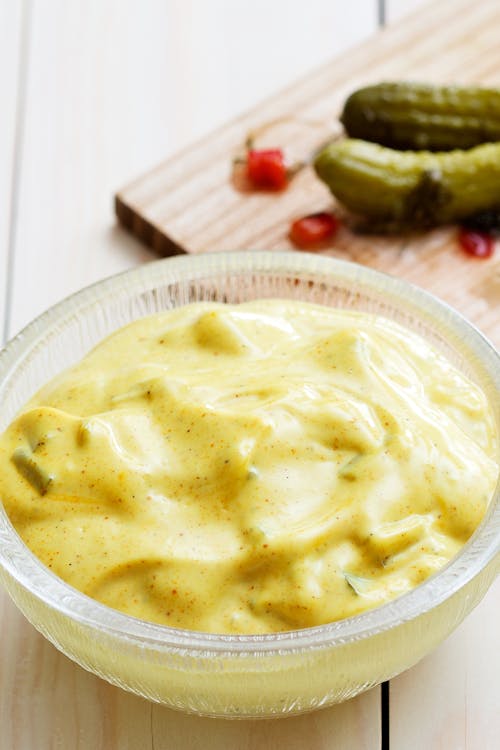
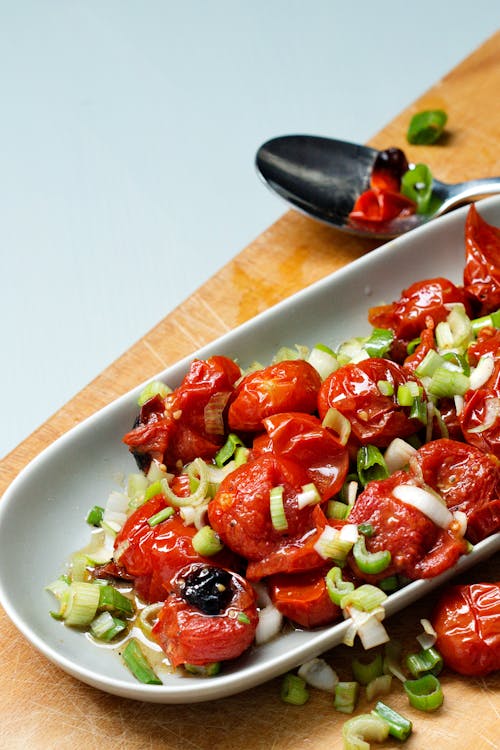
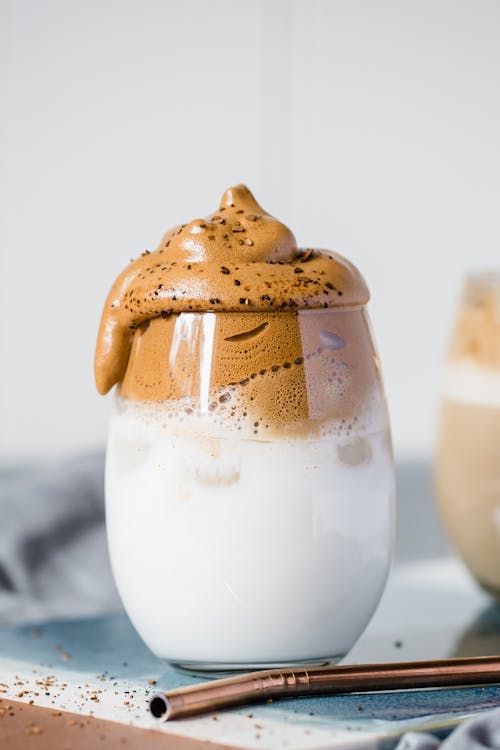
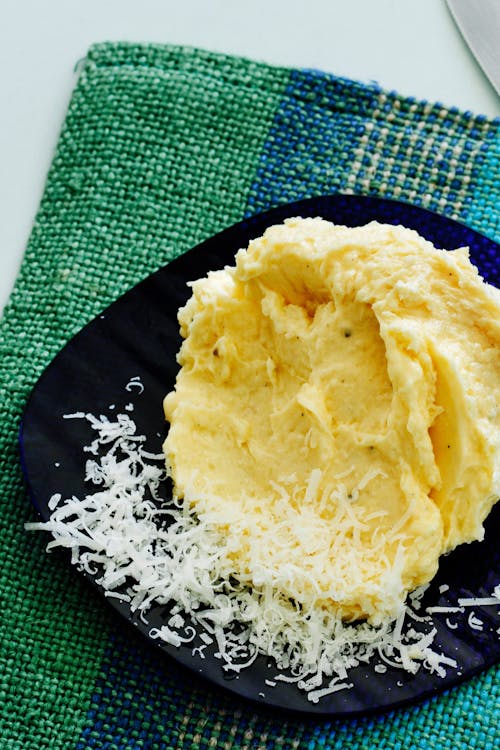
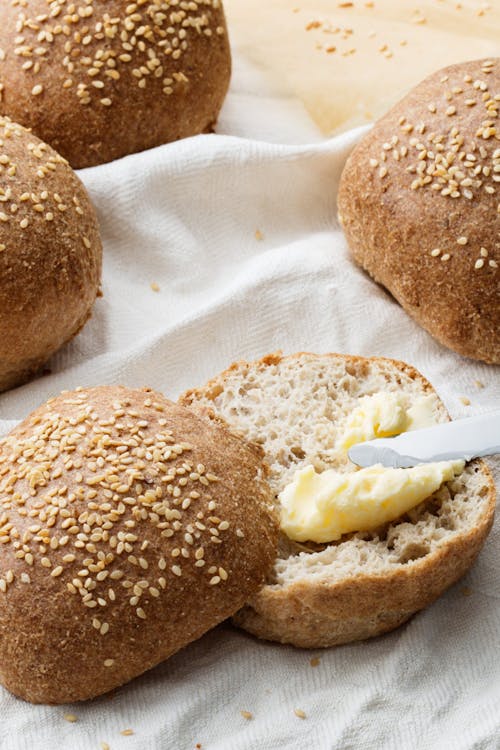

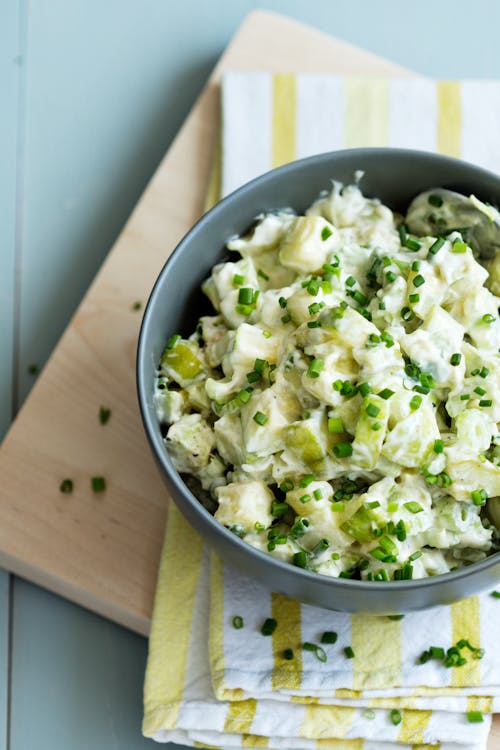

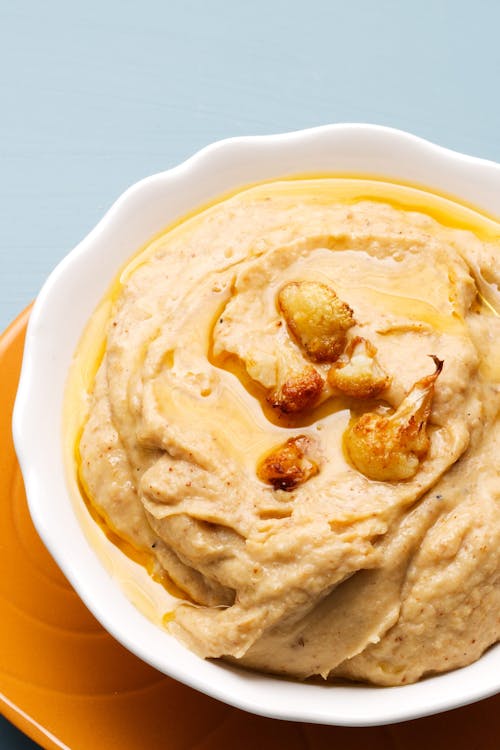

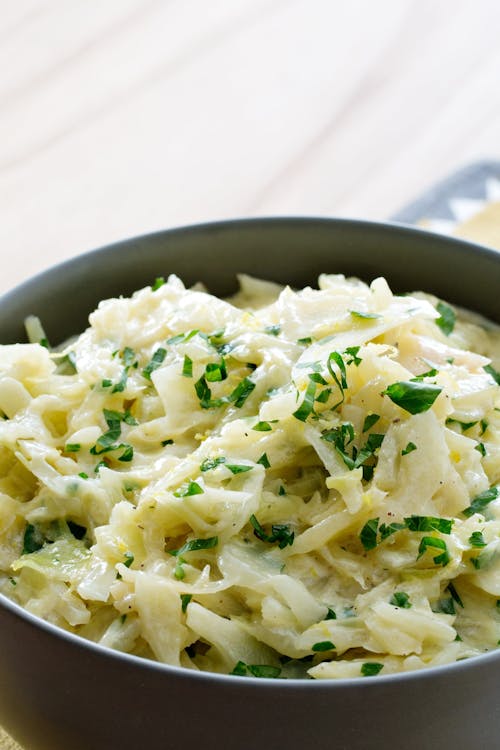
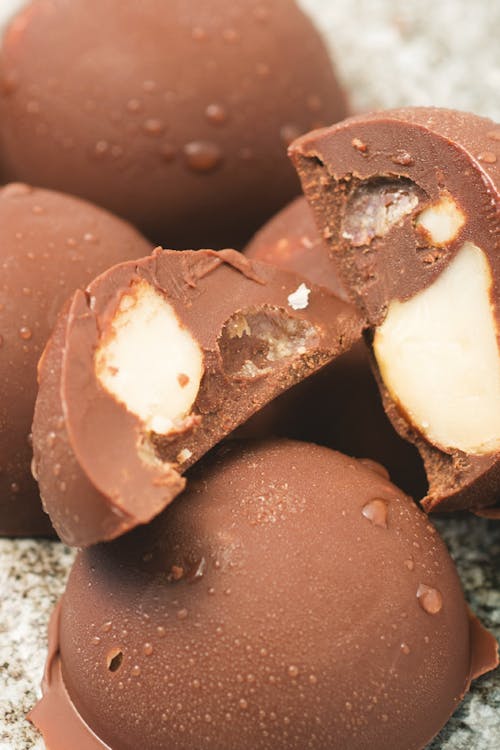

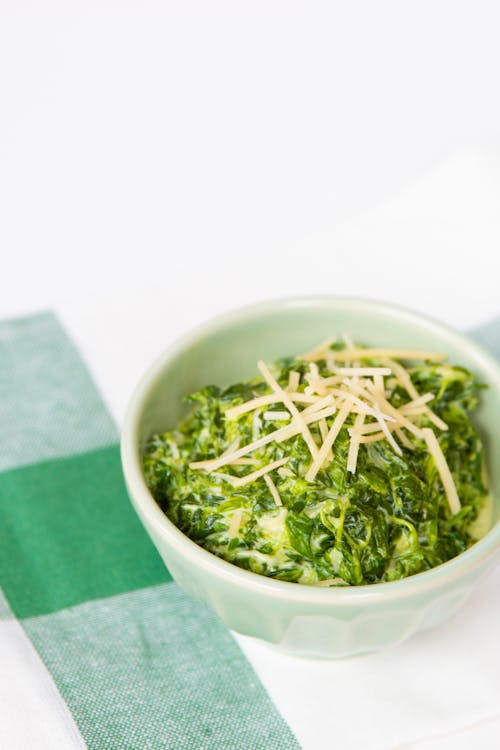
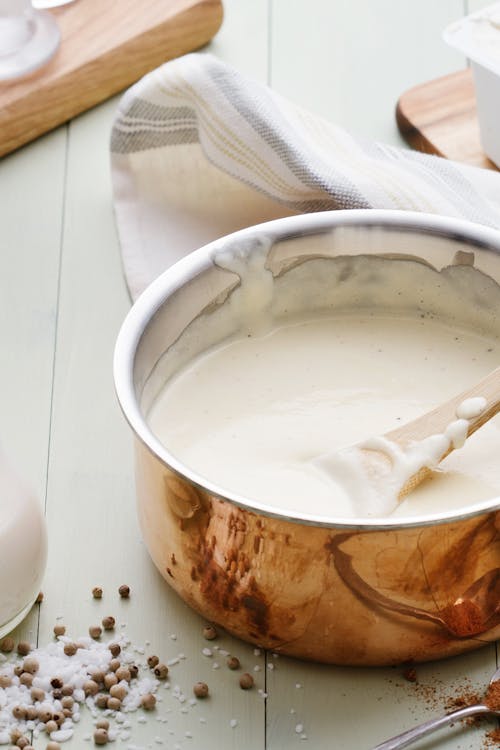
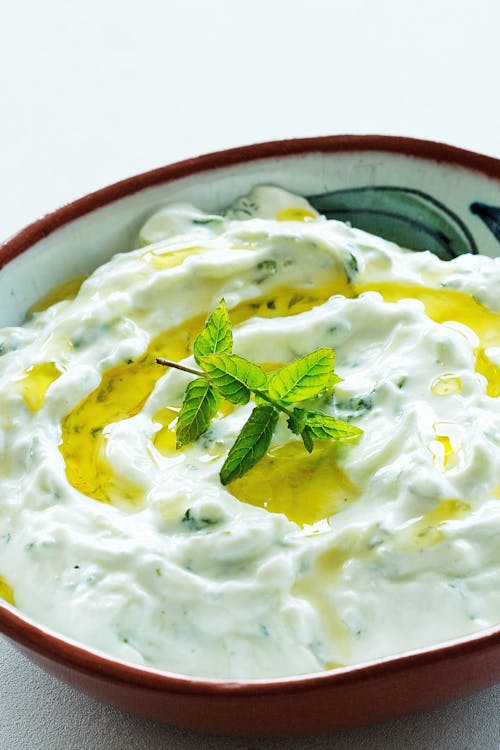
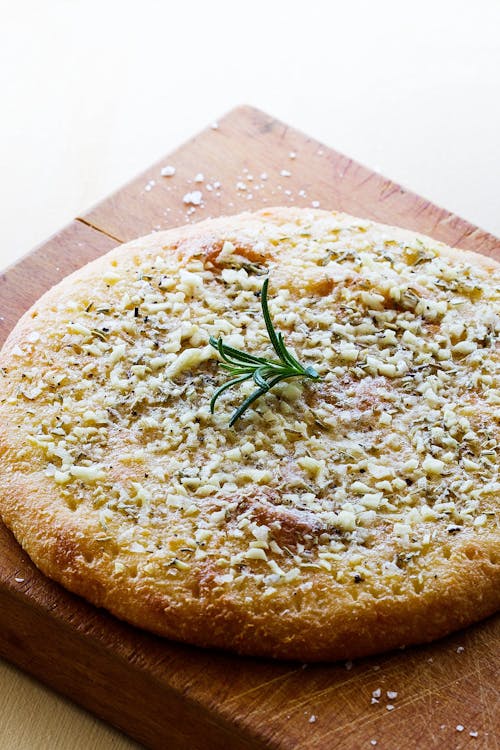
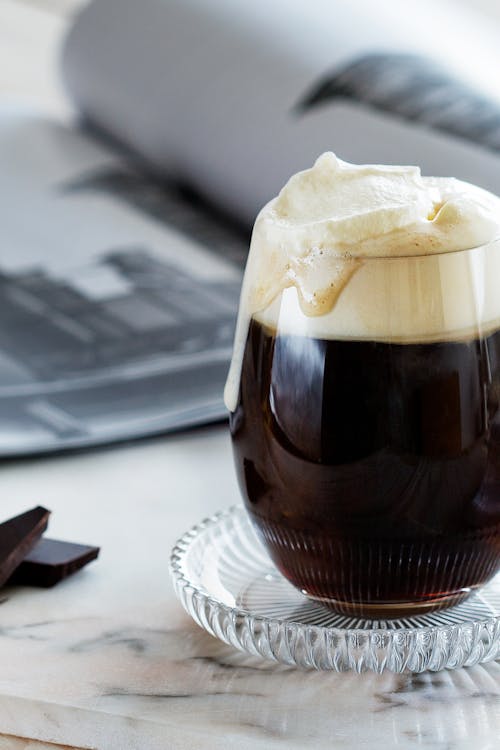
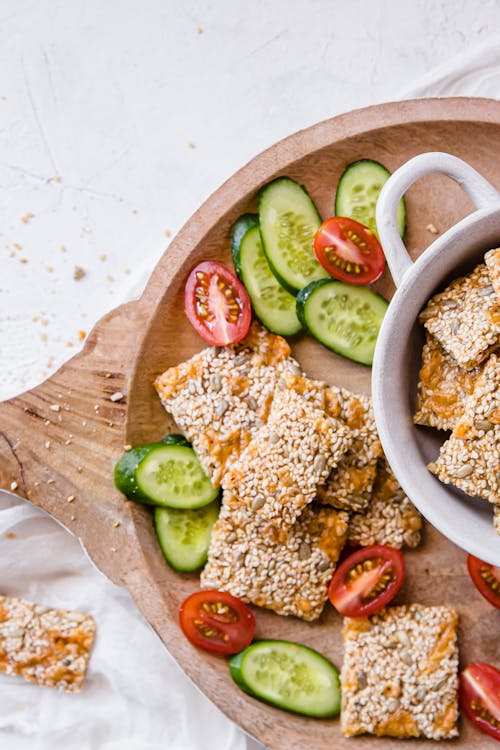
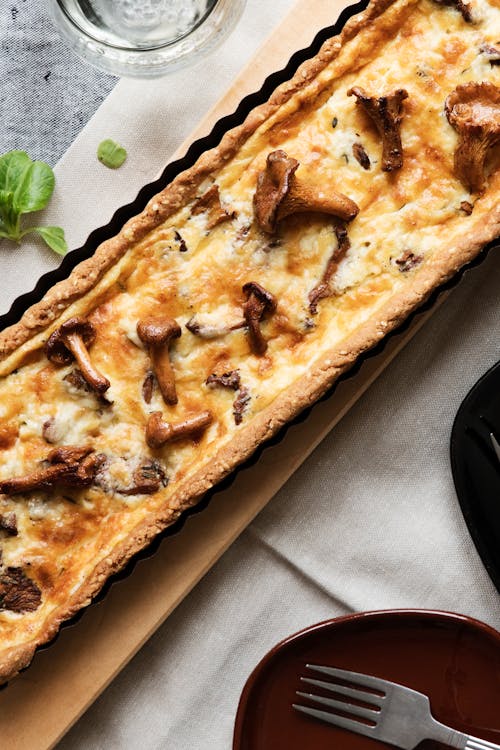

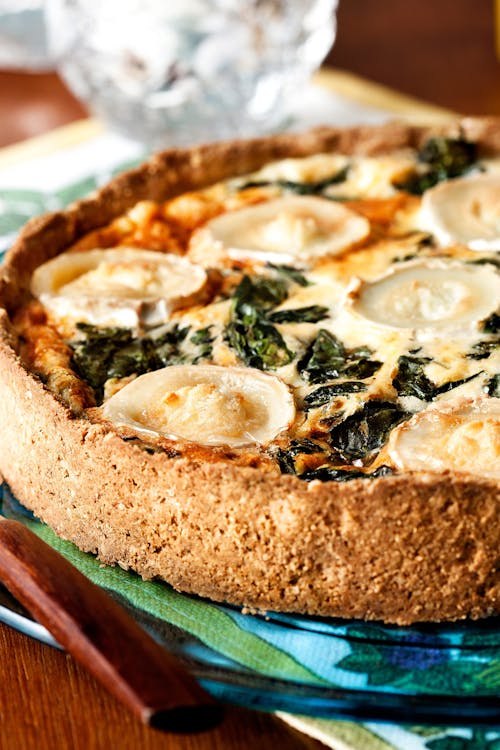

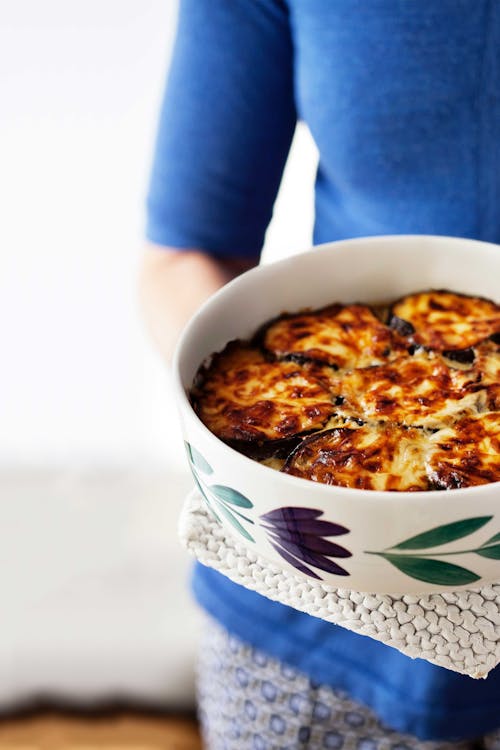






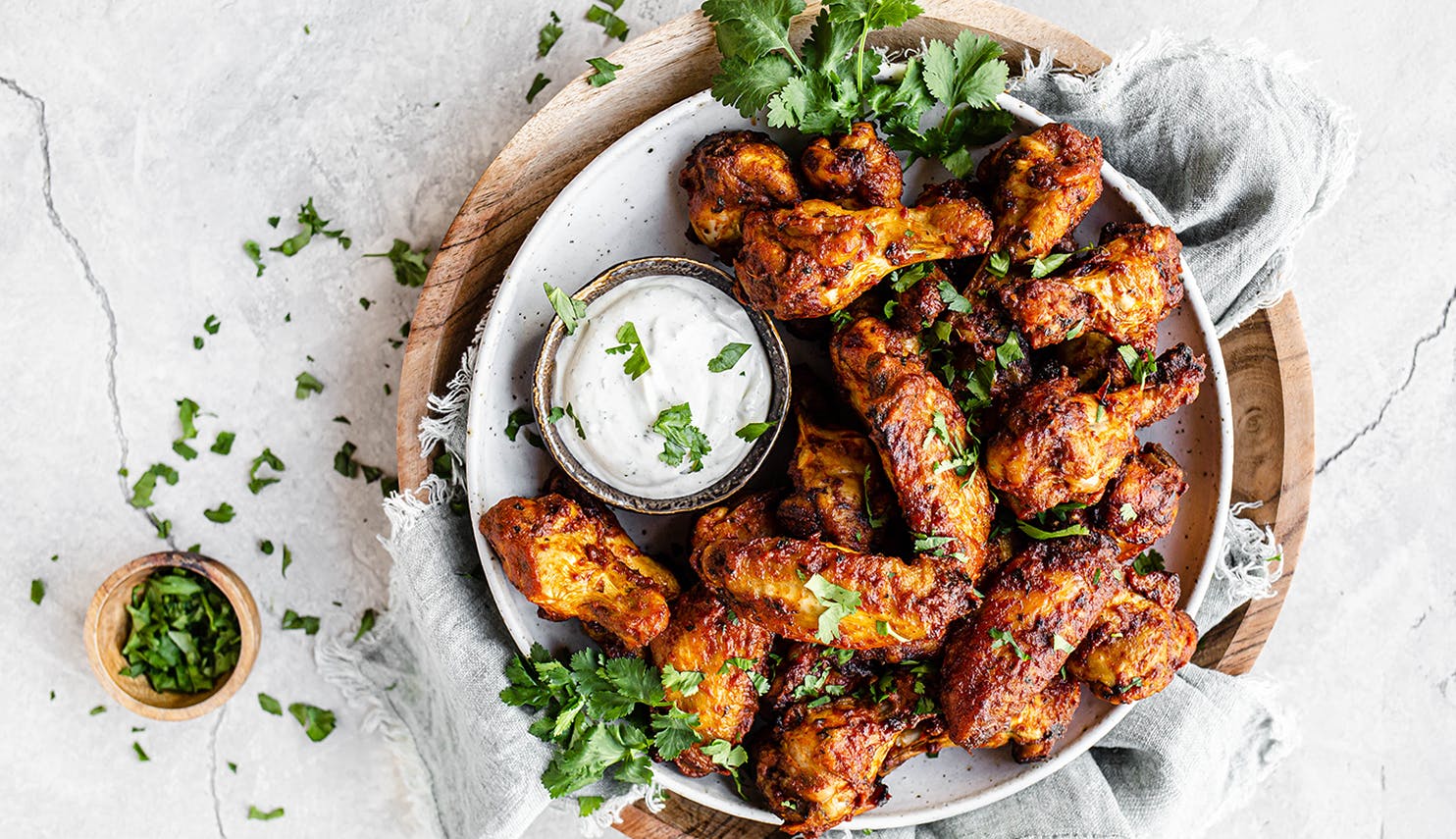

The odds of that are disturbingly non-trivial. This from late last year:
http://www.telegraph.co.uk/news/worldnews/europe/italy/11988947/Itali...
…and similar headlines going back a decade or more.
Adulteration is pervasive, globally, and even a prominent Italian branding is little assurance that the substance in the bottle is actually OO, much less EVOO. It may well be a random outdated industrial seed/grain oil with colorants and flavoring. The hazards here aren't limited to your palette. Fake OO is almost certainly going to be very high in inflammatory Omega 6 linoleic acid, which is in my view the main reason to switch to OO from conventional "vegetable oils".